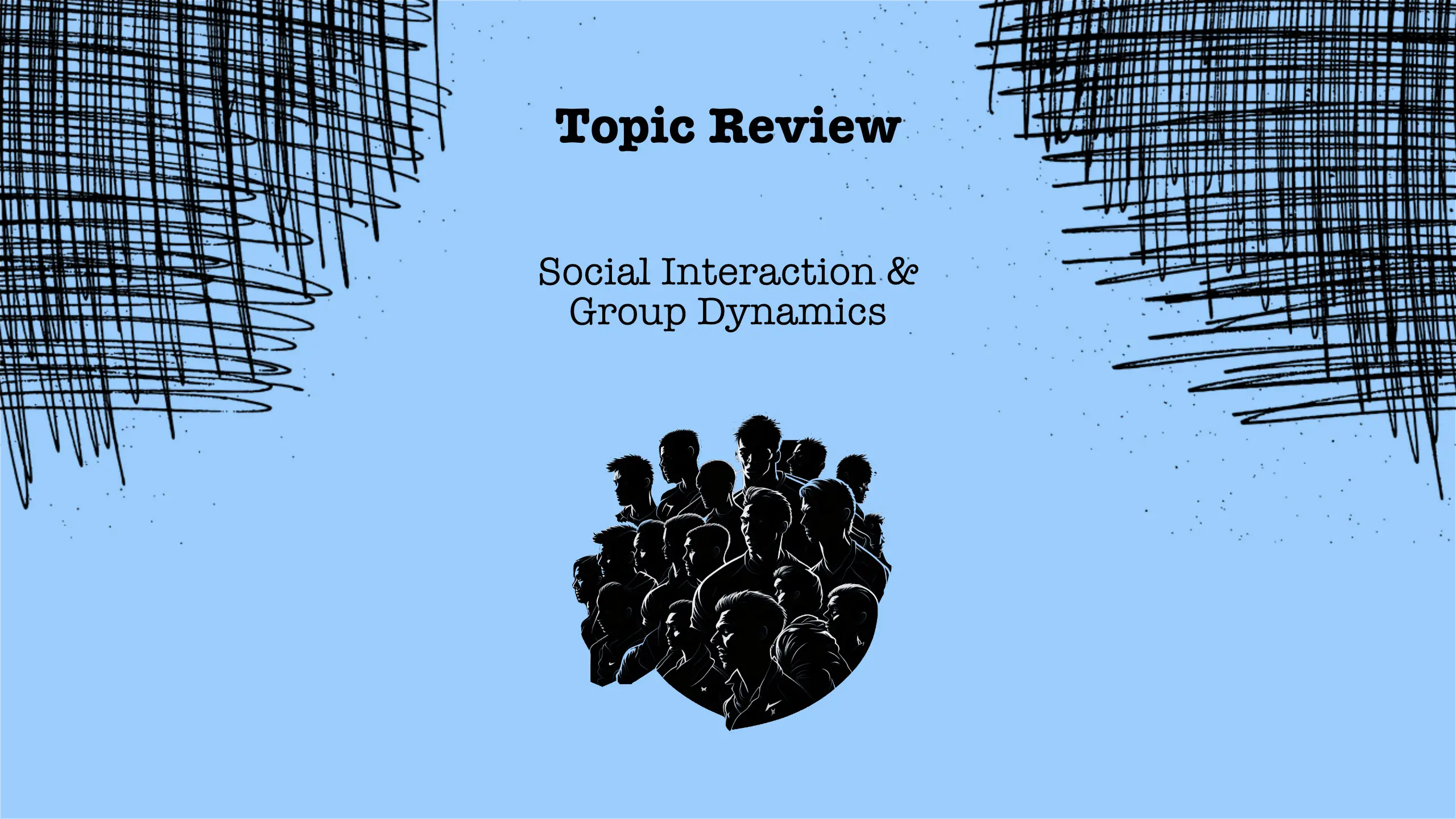The study of social interaction and group dynamics in sports reveals how psychological, social, and organizational processes shape team performance.
In Social Interaction and Team Dynamics (Apitzsch, 2017), several models of leadership and team functioning are compared to illustrate how situational factors, coach and player characteristics, and team cognition collectively influence outcomes.
Sports teams are social systems — understanding how they think, feel, and act collectively provides valuable insight for coaches, psychologists, and performance analysts.
Key Concepts
1. Models of leadership in sport
Three key theoretical frameworks describe leadership and its mediating effects on team performance:
(1) Mediational Model of Leadership
Primarily applicable to youth sport, this model emphasizes how situational factors influence both coach and player characteristics.
It distinguishes between:
- Coach individual differences, which affect their behavior and perceptions of players;
- Player individual differences, which shape perceptions and evaluations of the coach.
Two key tools for measurement include:
- Coaching Behavior Assessment System (CBAS) and its perceived variant (CBAS-PBS);
- Coaching Feedback Questionnaire (CFQ) and Leadership Scale for Sports (LSS).
These instruments assess leadership feedback, reinforcement, and player perception — linking behavioral expression to team outcomes.
(2) Multidimensional Model of Leadership
More suited to adult sport, this model integrates transformational leadership principles.
It identifies three interacting behavioral dimensions:
- Required behavior, driven by situational characteristics;
- Actual behavior, shaped by leader characteristics;
- Preferred behavior, reflecting athlete and member expectations.
Optimal alignment between these three dimensions leads to member satisfaction and enhanced group performance.
Leader–member congruence, rather than leadership dominance, is emphasized as the driver of cohesion.
(3) Coaching Effectiveness Model
Combining elements of both prior models, this integrative framework explains how leader and athlete characteristics jointly influence motivation, self-perception, and ultimately, performance outcomes.
Situational factors (e.g., organizational climate, sociocultural context) affect the coach’s expectations, values, and beliefs, which in turn shape behavior and interpersonal exchanges.
Athletes’ interpretations of the coach’s actions then impact their self-beliefs, attitudes, and motivation, closing the feedback loop that determines collective results.
“A coach’s behavior together with the athlete’s personal characteristics have an impact on the athlete’s perception, interpretations, and evaluations of the coach’s behavior.”
Despite its conceptual strength, empirical research validating this model remains limited.
2. Team cognition and organizational psychology
Drawing from Industrial and Organizational Psychology (I/O), the text introduces how social structures and interaction patterns affect cognitive functioning within teams.
Three main propositions are presented:
- Social processes (e.g., communication, leadership, feedback) shape individual cognition within the group.
- Social properties (e.g., hierarchy, structure) determine how information is shared and interpreted.
- Teams that achieve a “shared knowledge state” — a common mental model — perform more cohesively and adaptively.
Team cognition is thus a collective mental framework, integrating distributed information to support decision-making, coordination, and role clarity.
3. Cognitive mechanisms in group behavior
Research on individual cognition highlights four principles explaining how group settings alter thought and decision-making:
- Mere presence of others influences individual focus and effort.
- Social roles and positions affect how members interpret and process information.
- Mental representations of others inform cooperative and competitive choices.
- Social interaction drives cognitive change, meaning that communication actively shapes thought processes.
These mechanisms collectively define how team-based reasoning emerges from individual cognition.
4. Coordination, communication, and shared language
Effective coordination depends on structured communication and shared understanding.
Sports psychologists can apply practical tools to train and evaluate team synchronization:
- Pre- and post-mortems using video footage to analyze performance breakdowns.
- Check-backs — repeating and confirming instructions to reduce confusion.
- Situational probability training using clips or action sequences.
- Cross-training — role-swapping to enhance shared knowledge and empathy.
- Development of a shared team language — concise codes or nicknames that simplify communication during play.
Creating a shared vocabulary fosters unity, clarity, and faster tactical execution under pressure — a hallmark of elite team performance.
5. Cohesion and communication
Team cohesion and communication remain central to group effectiveness.
Carron, Hausenblas, and Eys (2005) define cohesion as:
“A dynamic process which is reflected in the tendency for a group to stick together and remain united in the pursuit of its goals and objectives.”
Similarly, LaVoi (2007) highlights that interpersonal communication in sport carries dual meaning:
- The content component (“what” is said), and
- The relational component (“how” it is said).
Balancing these dimensions ensures both tactical precision and emotional alignment across the team.
Selected Citations
- “Cohesion – dynamic process which is reflected in the tendency for a group to stick together and remain united in the pursuit of its goals and objectives.” (Carron, Hausenblas, & Eys, 2005, p. 229)
- “Team performance – how well the team carries out its tasks.” (Carron, Hausenblas, & Eys, 2005)
- “Communication – Interpersonal communication contains multiple levels of meaning. All communication contains a content component (the what) and a relational component (the how).” (LaVoi, 2007)
Academic Reference
Apitzsch, E. (2017). Social Interaction and Team Dynamics. In Tenenbaum G. & Eklund R. (Eds.), Handbook of Sport Psychology (4th ed.). John Wiley & Sons.
External References
- Carron, A. V., Hausenblas, H. A., & Eys, M. (2005). Group Dynamics in Sport (3rd ed.). Morgantown, WV: Fitness Information Technology.
- LaVoi, N. (2007). Interpersonal Communication and Conflict in the Coach–Athlete Relationship. In Jowett S. & Lavallee D. (Eds.), Social Psychology in Sport. Champaign, IL: Human Kinetics, pp. 41–54.
